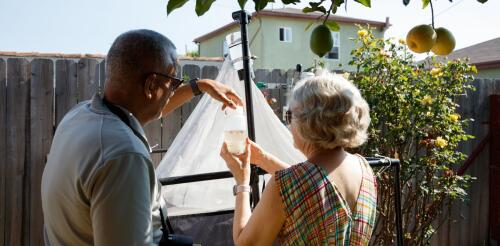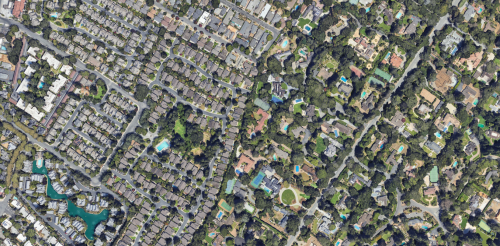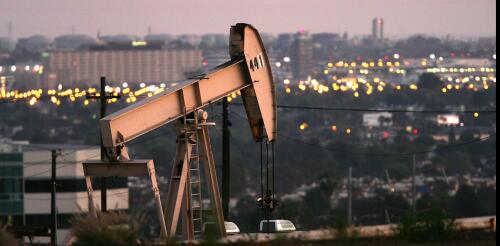Los Angeles
The most significant predictors of bug biodiversity in Los Angeles are proximity to the mountains and temperature stability throughout the year, according to a study we co-authored with Brian V. Brown of the Los Angeles Natural History Museum and colleagues at the University of Southern California and California State University. The project used data from the museum’s BioSCAN project, where volunteers across Los Angeles allowed insect traps to be installed on their property between 2014 and 2018. Arthropod species richness in Los Angeles. Black dots show locations where the BioSCAN project collected bugs between 2014-2018. The color scale shows the predicted number of species, with blue being the least rich and orange being the most rich. Map tiles by Stamen Design, CC BY-SA The analysis showed some surprising results. For instance, land values had little impact on the overall diversity of art...
With the Olympic torch extinguished in Paris, all eyes are turning to Los Angeles for the 2028 Olympics. The host city has promised that the next Summer Games will be “car-free.” For people who know Los Angeles, this seems overly optimistic. The car remains king in LA, despite growing public transit options. When LA hosted the Games in 1932, it had an extensive public transportation system, with buses and an extensive network of electric streetcars. Today, the trolleys are long gone; riders say city buses don’t come on schedule, and bus stops are dirty. What happened? This question fascinates me because I am a business professor who studies why society abandons and then sometimes returns to certain technologies, such as vinyl records, landline phones and metal coins. The demise of electric streetcars in Los Angeles and attempts to bring them back today vividly demonstrate the costs and challenges of such revivals. The 2028 Olympi...
The Earth is losing animals, plants and other living things so fast that some scientists believe the planet is entering its sixth mass extinction. But there’s some surprising good news: Urban areas may be key to slowing down or even reversing this crisis. This idea may seem counterintuitive, since studies show that urbanization is a big driver of biodiversity loss. Cities alter the environment with artificial lighting and noise pollution, which affect many species. And urban land cover is expected to increase by 2.5% globally between 2000 and 2030 as more people move to cities. As one measure of urbanization, half of the continent of Europe is less than 1 mile (1.5 kilometers) from a roadway or railway line. No location on the continent is more than 6 miles (10 kilometers) from these features. But there are ways for cities to use nature-based solutions to slow species loss within their borders. At a major international conference on biodiversity loss in 2022, global lead...
The odd headlines about little towns in the San Francisco Bay Area just keep coming. First Woodside, a tiny suburb where several Silicon Valley CEOs have lived, tried to declare itself a mountain lion habitat to evade a new California law that enabled owners of single-family homes to subdivide their lots to create additional housing. Then wealthy Atherton, with a population of 7,000 and a median home sale price of US$7.5 million, tried to update its state-mandated housing plan. Until very recently, 100% of Atherton’s residentially zoned land allowed only single-family houses on large lots. When the City Council considered rezoning a handful of properties to allow townhouses, strenuous objections poured in from such notable local residents as basketball star Steph Curry and billionaire venture capitalist Marc Andreessen. A council member argued that the town should “express and explain the specialness of Atherton … to succeed in reducing [the state’s] ex...
Lire cet article en français Los Angeles had oil wells pumping in its neighborhoods when Hollywood was in its infancy, and thousands of active wells still dot the city. These wells can emit toxic chemicals such as benzene and other irritants into the air, often just feet from homes, schools and parks. But now, after nearly a decade of community organizing and studies demonstrating the adverse health impacts on people living nearby, Los Angeles’ long history with urban drilling is nearing an end. In a unanimous vote on Jan. 24, 2023, the Los Angeles County Board of Supervisors voted to ban new oil and gas extraction and phase out existing operations. It followed a similar vote by the Los Angeles City Council a month earlier. The city set a 20-year phaseout period, while the county has yet to set a timetable. As environmental health researchers, we study the impacts of oil drilling on surrounding communities. Our research shows that people living near these urban oil...




